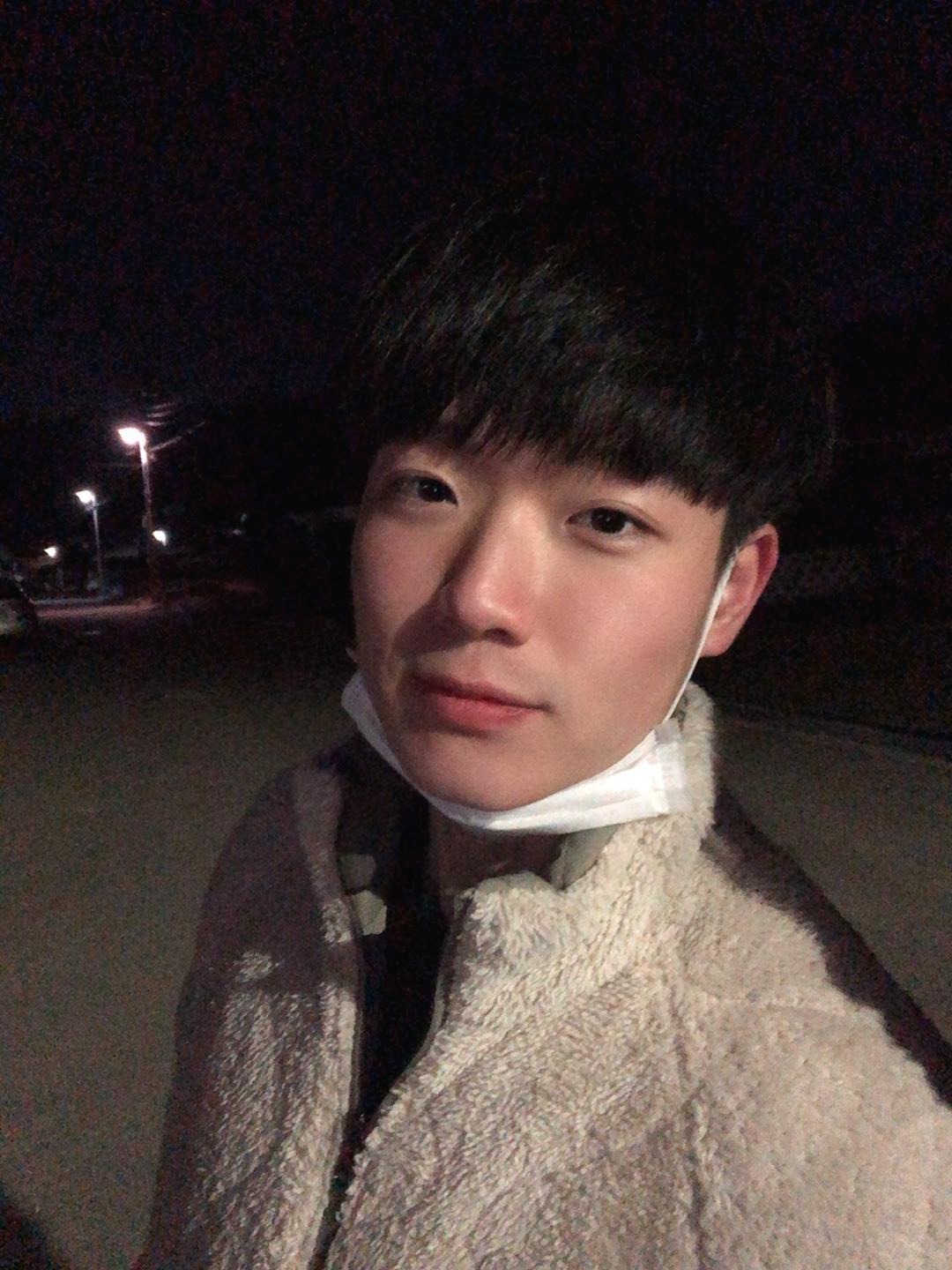몇가지 라이브러리와 파이썬을 이용하여 크롤링하는 예제를 돌려보겠습니다.
크롤링(Crawling)이란?
웹 상에 존재하는 갖가지 컨텐츠를 수집하는 작업으로, 다양한 프로그램을 만들 수 있습니다.
예를 들어, 인터넷에 존재하는 이미지 파일을 하나하나 저장하기 번거롭습니다.
크롤링을 이용하면 간단한 코드로 짧은시간에 내가원하는 검색어의 이미지를 가져올 수 있습니다.
저는 딥러닝 학습을 위해 많은 양의 이미지가 필요했었는데 이때 자주 이용한 방법이 바로 크롤링입니다.
이것 말고도, 맛집 블로그 링크들을 한번에 모으던가 원하는 사이트목록을 빠른시간에 가져올 수 있는게 큰 장점입니다.

이렇게 실시간으로 사진이 폴더에 저장됩니다.
우선 크롤링에 필요한 import 목록입니다.
from urllib.request import urlopen
from bs4 import BeautifulSoup as bs
from urllib.parse import quote_plusurlopen은 파이썬을 설치할 때 기본적으로 설치되는 라이브러리입니다.
혹시모르니 필요한 라이브러리를 pip명령어를 이용하여 cmd창에서 설치해주도록 합시다.
pip install beautifulsoup4
pip install requestsbequtifulsoup 라이브러리는 HTML 및 XML 파일에서 데이터를 가져 오는 Python 라이브러리입니다.
이 라이브러리를 이용하여 조금더 편하게 정보를 가져올 수 있습니다.
우선 네이버 이미지를 긁어모으기 위해서 네이버 url을 들여다보면

요즘 문제가 심각한 코로나에대해 검색해봤습니다. 또 다른 검색어로 검색해보겠습니다.

치킨이 먹고싶네요. 아무튼 위에 두 검색한 url을 들여다보면
https://search.naver.com/search.naver?where=image&sm=tab_jum&query= 라는 주소에
치킨, 코로나 만 바뀐것을 알 수 있습니다.
baseurl 을 위의 주소로 두고, 우리가 원하는 검색어의 이미지를 크롤링하기 위하여 뒤에 검색어는
파이썬 실행시에 입력하도록 plusurl이라는 변수로 생성해줍니다.
baseUrl = 'https://search.naver.com/search.naver?where=image&sm=tab_jum&query='
plusUrl = input('검색어를 입력하세요 : ')
# url = baseurl + 검색어
url = baseUrl + quote_plus(plusUrl)
html = urlopen(url)
soup = bs(html, "html.parser")
img = soup.find_all(class_='_img')baseUrl과 검색어의 변수 plusUrl을 더하여 원하는 검색된 페이지로 접근합니다.
이런식으로 html을 열어서 이미지의 경로를 받아옵니다.
n = 1
for i in img:
imgUrl = i['data-source']
with urlopen(imgUrl) as f:
with open('./img/' + plusUrl + str(n)+'.jpg','wb') as h: # w - write b - binary
img = f.read()
h.write(img)
n += 1
print('다운로드 완료')네이버 이미지는 한페이지에 50개의 이미지만 생성되므로 보통 이미지가 다운로드되면 50개까지 크롤링이 가능합니다.
아래는 전체 소스 코드입니다.
from urllib.request import urlopen
from bs4 import BeautifulSoup as bs
from urllib.parse import quote_plus
baseUrl = 'https://search.naver.com/search.naver?where=image&sm=tab_jum&query='
plusUrl = input('검색어를 입력하세요 : ')
# 한글 검색 자동 변환
url = baseUrl + quote_plus(plusUrl)
html = urlopen(url)
soup = bs(html, "html.parser")
img = soup.find_all(class_='_img')
n = 1
for i in img:
imgUrl = i['data-source']
with urlopen(imgUrl) as f:
with open('./img/' + plusUrl + str(n)+'.jpg','wb') as h: # w - write b - binary
img = f.read()
h.write(img)
n += 1
print('다운로드 완료')
간단한 파이썬 코드로 네이버 이미지를 빠른시간에 많이 저장할 수 있습니다.
마지막으로 구현 영상입니다.
네이버 이미지 가져오는 방법이었습니다. 감사합니다.














